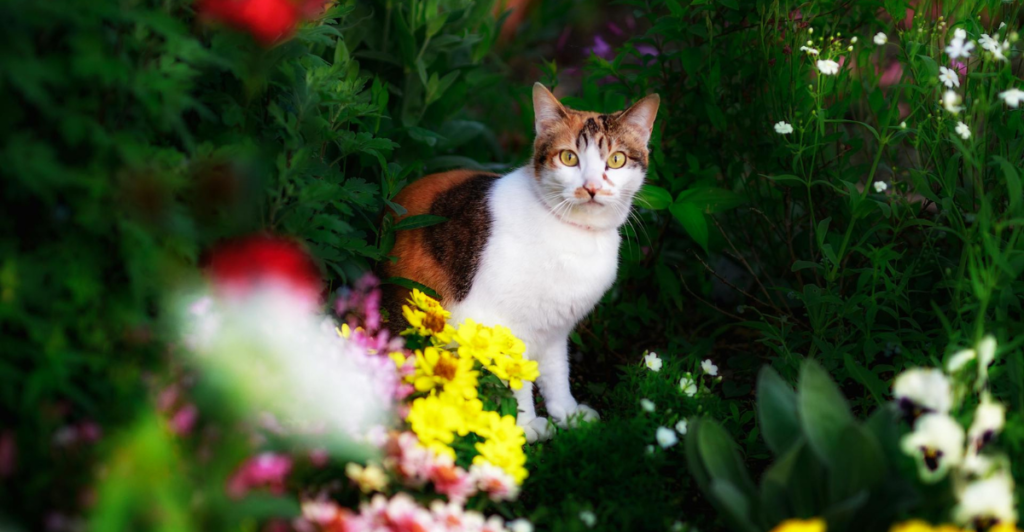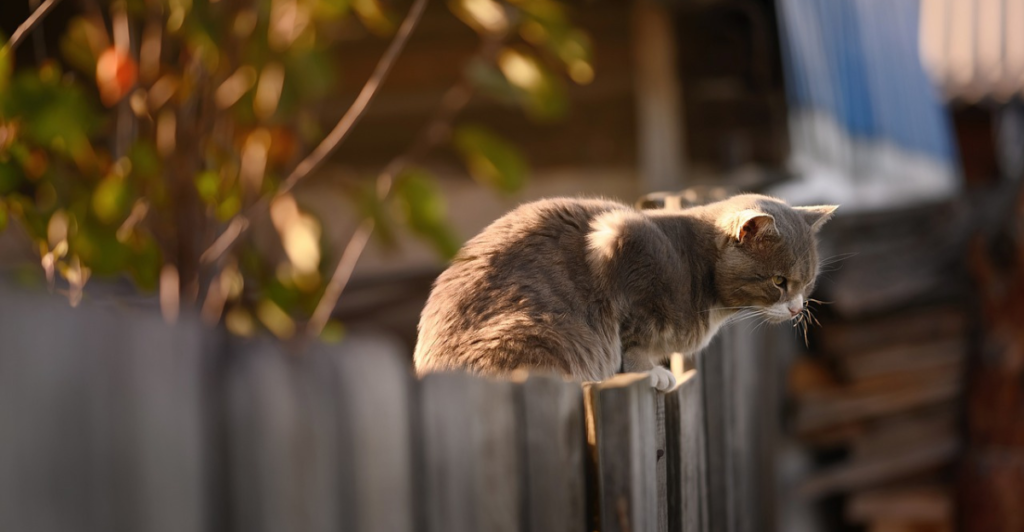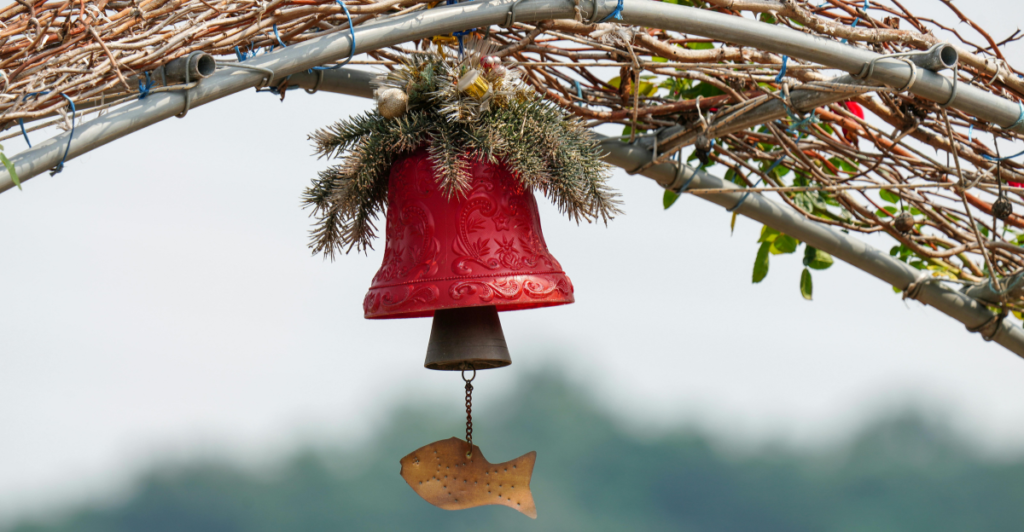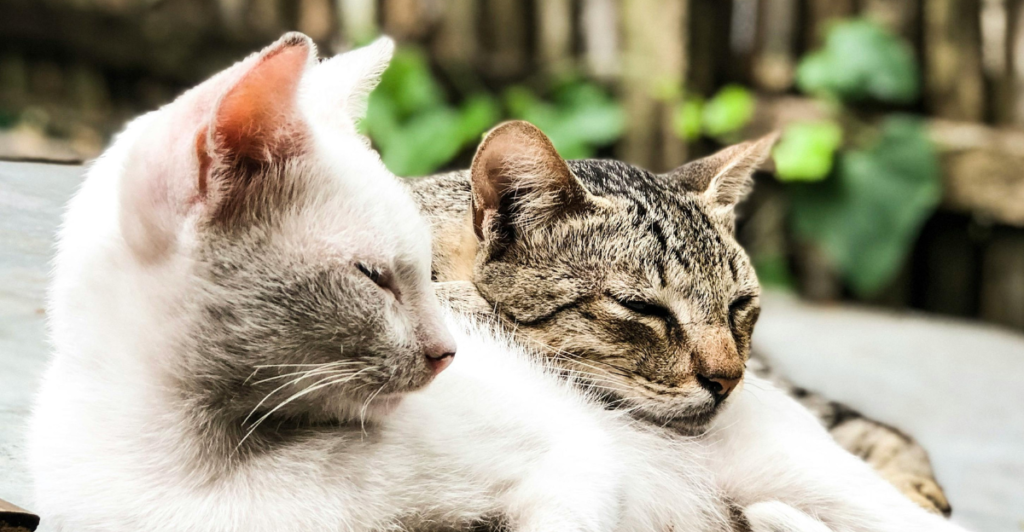
Cats can be adorable, but when they turn your yard into their playground, it’s a different story. Stray or neighbor cats might dig up your garden or leave unpleasant surprises on your lawn. Fortunately, you can keep them out without harming them. Here are 12 strategies that are humane, effective, and easy to implement. Swipe to find more.
1. Plant Cat-Repellent Herbs

Cats aren’t fans of strong-smelling plants like Rue and Coleus canina (also known as the “scaredy-cat plant”). These plants release oils or scents that are unpleasant for cats. So, place these plants in key areas like garden borders or near entrances. They will also add greenery and vibrancy to your yard.
2. Build a Motion-Triggered Sound Barrier

Unlike water, which might deter only some cats, high-pitched noises can startle even the most stubborn ones. Motion-activated ultrasonic devices emit sounds at frequencies unpleasant to cats. With time, cats learn to associate the noise with the area and steer clear due to the invisible sound barrier.
3. Create a Textured Zone With Spiky Materials

Cats might be agile climbers, but they’re picky about where they step. Introducing textures like spiky pine cones or jagged stone mulch in your yard creates a natural no-go zone for their sensitive paws. These materials feel uncomfortable underfoot, making your garden beds or pathways less inviting for cats.
4. Light Up the Night with Motion Sensors

A sudden burst of light can startle any nocturnal visitor and send them scurrying away. Motion-activated lights are an excellent choice for discouraging nighttime prowlers, including cats, by making them feel exposed and vulnerable. They also add a layer of security to your home.
5. Deploy Natural Cat Repellent Sprays

Homemade repellents using safe ingredients like vinegar or essential oils (e.g., citronella or eucalyptus) are an eco-friendly alternative. Cats have a keen sense of smell, and these strong scents make areas less inviting. Spray the mixture near fences and patios, and see how they provide a longer-lasting effect.
6. Add Sound-Generating Decorations

Hanging wind chimes or other sound-making decorations introduces noise cats dislike. Irregular and unpredictable sounds, like those from wind chimes, deter cats by creating an unsteady environment. Opt for metal chimes or reflective materials that jingle when they move. This method also adds charm to your yard.
7. Secure Trash Bins With Tight Lids

Open trash bins are an irresistible invitation for cats searching for food scraps. Use heavy-duty bins with secure, locking lids to eliminate this attraction. Additionally, position your bins away from walls or structures that cats might use as access points.
8. Install Cat-Specific Barriers on Fences

Regular fences are often no match for a determined cat. Install fence toppers like spinning rods or inward-facing barriers to prevent them from climbing over. Some companies even offer roller bars that spin when cats attempt to climb, making the experience tricky and discouraging further attempts.
9. Introduce a Motion-Activated Water Sprayer

For cats, an unexpected splash of water is a clear “no-entry” message. That’s why motion-activated water sprayers are effective for areas like flower beds and lawns. Unlike static repellents, these devices respond only when needed, further saving water and keeping your yard dry otherwise.
10. Use Reflective Mylar Tape

Reflective mylar tape serves a dual purpose: it reflects light and creates noise when it rustles in the wind. Birds often avoid areas with reflective tape, but it works just as well for cats. Attach it to stakes or trees in areas where cats tend to roam. Its unpredictable movement combined with light reflections unnerves cats.
11. Designate a Cat-Friendly Zone Elsewhere

Redirecting feline attention can work wonders. Create a designated area outside your main yard using sand, loose soil, or catnip. Cats tend to prefer soft, easy-to-dig spaces. By offering an alternative spot that appeals to their instincts, you protect the rest of your yard.
12. Erect a Hedge Barrier

Natural barriers like thick hedges can act as a gentle but effective deterrent. Dense, thorny bushes such as holly or barberry create a physical obstacle that cats find hard to climb. Moreover, hedges blend seamlessly into your landscaping while offering an added layer of privacy.
Stay connected with us for more stories like this! Follow us to get the latest updates or hit the Follow button at the top of this article, and let us know what you think by leaving your feedback below. We’d love to hear from you!







